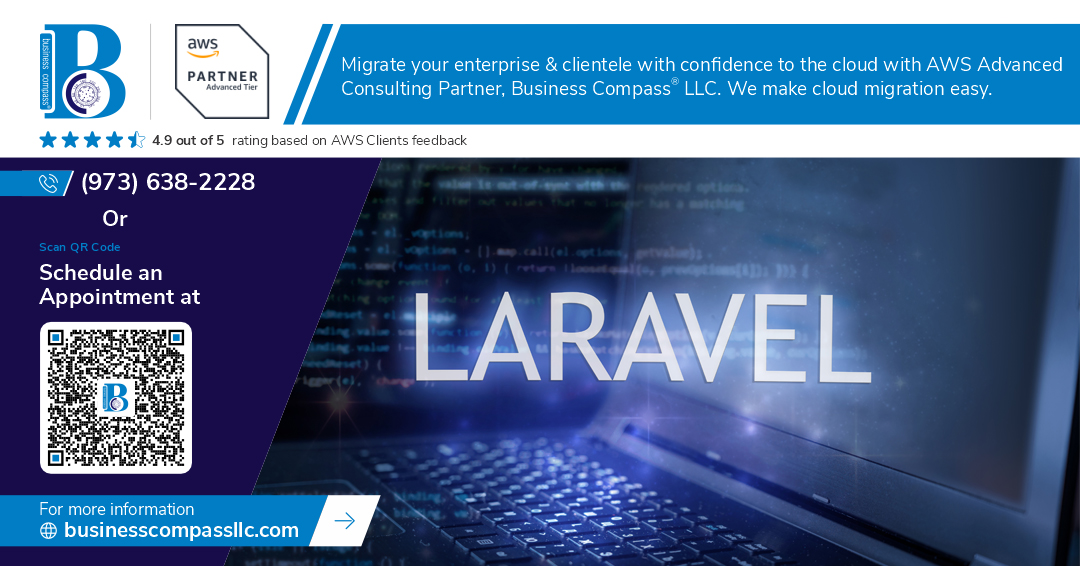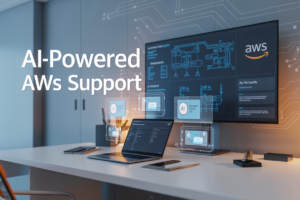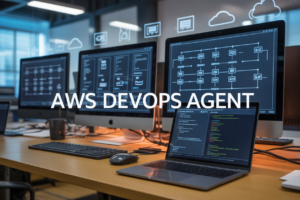Ever tried deploying a Laravel app and ended up with a security nightmare that kept you awake at night? You’re not alone.
I’ve seen developers spend weeks perfecting their Laravel code, only to expose it all with a sloppy deployment to AWS EC2. Security breaches, downtime, and performance issues aren’t just inconvenient—they’re reputation killers.
This walkthrough will save you from that fate. I’ll show you exactly how to host Laravel securely on AWS EC2, with proven steps that work for applications of any size. No fluff, no unnecessary complications.
By the end, you’ll have a production-ready Laravel environment that would make even the most paranoid security engineer nod in approval. But first, let’s talk about the biggest deployment mistake that even experienced developers make…
Understanding AWS EC2 for Laravel Applications
Key benefits of EC2 for Laravel Applications
EC2 gives your Laravel apps room to breathe. You get complete control over your server environment, perfect for custom PHP configurations. Need to scale during traffic spikes? EC2 instances can grow with you. Plus, you’re only paying for what you use, making it budget-friendly for startups and enterprises alike.
Comparing EC2 with other AWS hosting options
| Service | Control Level | Laravel Compatibility | Scaling Complexity |
|---|---|---|---|
| EC2 | Full control | Excellent | Manual/Auto |
| Elastic Beanstalk | Medium | Good | Automated |
| Lightsail | Limited | Good for small apps | Limited |
Cost optimization strategies for Laravel deployments
Smart instance sizing saves you cash – start small and scale up only when needed. Spot instances cut costs by up to 90% for non-critical workloads. Turn on auto-scaling to handle traffic fluctuations without overpaying, and use Reserved Instances for predictable workloads to slash your monthly AWS bill.
Preparing Your Laravel Application for Production
Essential configuration changes for cloud deployment
Moving Laravel to AWS EC2 isn’t just a server switch—it’s a mindset shift. Disable debug mode to keep errors private, set proper file permissions (755 for directories, 644 for files), and update your app URL in config files. Don’t forget to enable HTTPS in your AppServiceProvider.php with a simple forced redirect.
Setting up environment variables securely
AWS Parameter Store is your secret weapon for managing sensitive data. Gone are the days of committing API keys to Git (we’ve all done it). Store your database credentials, API tokens, and secret keys here instead of your .env file. Use the AWS SDK to fetch these securely at runtime, keeping your production secrets actually… secret.
Optimizing Laravel’s performance settings
Speed sells. Enable route caching with php artisan route:cache to slash bootstrap time. Compile those Blade templates with php artisan view:cache. And the big one? Configure opcache in php.ini with these settings:
opcache.enable=1
opcache.memory_consumption=128
opcache.interned_strings_buffer=8
opcache.max_accelerated_files=4000
Your app will fly.
Database configuration best practices
Database slowdowns kill user experience. Set up read replicas for heavy traffic sites, use connection pooling to reduce overhead, and enable query caching. Never run migrations automatically in production—schedule maintenance windows instead. And always, always back up your database regularly with automated AWS snapshots.
Setting Up Your AWS Environment
A. Creating and configuring a secure EC2 instance
Spinning up an EC2 instance for Laravel isn’t just clicking buttons. You need to pick the right instance type (t3.micro works for starters), select a recent Amazon Linux AMI, and configure storage with at least 20GB for your app files. Don’t skimp on the security settings—they’re your first defense against attacks.
Secure Server Configuration
Secure Server Configuration
A. Hardening your Ubuntu/Amazon Linux server
Listen up – securing your server isn’t optional when hosting Laravel apps. Start by disabling root SSH access, using key-based authentication instead of passwords, and keeping your system updated with apt update && apt upgrade. Change default SSH ports and implement fail2ban to block brute force attempts. These basics form your first defense line against attackers.
Deploying Laravel on EC2
Installing required server components (Nginx/Apache, PHP, Composer)
Getting Laravel running on EC2 isn’t rocket science. First, SSH into your instance and run sudo apt update. Install Nginx with sudo apt install nginx (or Apache if that’s your jam). Grab PHP with sudo apt install php8.1-fpm php8.1-mbstring php8.1-xml php8.1-mysql. Finally, install Composer with curl -sS https://getcomposer.org/installer | php && sudo mv composer.phar /usr/local/bin/composer.
Monitoring and Maintaining Your Laravel Application
Setting up CloudWatch alarms and metrics
Ever tried flying blind with your Laravel app? Not fun. CloudWatch changes that game entirely. Set up CPU, memory, and disk usage alarms to catch issues before users do. Create custom metrics for Laravel-specific events and configure notification thresholds that give you breathing room to fix problems.
Implementing automated backups
Database disasters happen to everyone. Schedule daily AWS backups of your MySQL/PostgreSQL databases using automated snapshots. Don’t forget your uploaded files – use S3 synchronization scripts to safeguard user content. Test your recovery process monthly because untested backups aren’t really backups.
Log management best practices
Your logs tell stories if you’re willing to listen. Centralize Laravel logs using CloudWatch Logs for searchability across instances. Set meaningful retention periods (30-90 days works for most). Structure logs with context data and severity levels so troubleshooting doesn’t feel like finding needles in haystacks.
Performance monitoring tools for Laravel on AWS
AWS X-Ray and New Relic are your performance detectives. They track request latency, database query times, and API bottlenecks. Install Laravel Telescope in staging environments to debug complex issues. These tools transform vague user complaints into actionable performance insights you can actually fix.
Scaling Your Laravel Application
Scaling Your Laravel Application
A. Implementing load balancing with ELB
Elastic Load Balancing is your traffic cop for Laravel apps. It directs incoming requests to multiple EC2 instances, preventing any single server from buckling under pressure. Just configure your health checks properly so ELB knows when an instance is struggling. Trust me, your users won’t even notice when one server goes down.
B. Auto-scaling configurations for traffic spikes
Got a flash sale coming? Auto-scaling groups have your back. Set up scaling policies based on CPU usage or network traffic. When Black Friday hits or your marketing campaign goes viral, AWS automatically spins up new instances. Once the rush dies down, it scales back down—saving you cash when you don’t need the extra muscle.
C. Database scaling strategies
Your database will choke first when scaling issues hit. Start with read replicas to handle query-heavy workloads. For serious growth, consider sharding your database or implementing a caching layer with Redis. Remember, no matter how many web servers you add, a bottlenecked database will still bring everything crashing down.
D. Utilizing AWS CDN for static assets
CloudFront delivers your images, CSS, and JavaScript files from edge locations close to your users. This cuts load times dramatically and takes pressure off your application servers. Point it to an S3 bucket for your assets, set proper cache headers, and watch your site speed metrics improve overnight while your server load drops.
Deploying your Laravel application on AWS EC2 involves careful planning from environment setup to security configuration. Following the steps outlined in this guide—preparing your application, configuring AWS properly, implementing security best practices, and setting up proper monitoring—will help ensure your deployment is both successful and secure.
Remember that cloud deployment is an ongoing process, not a one-time task. Regularly update your application and server, monitor performance metrics, and be prepared to scale as your user base grows. With the right approach to security and maintenance, your Laravel application will thrive in the AWS cloud environment, providing reliable service to your users while remaining protected against common threats.




















